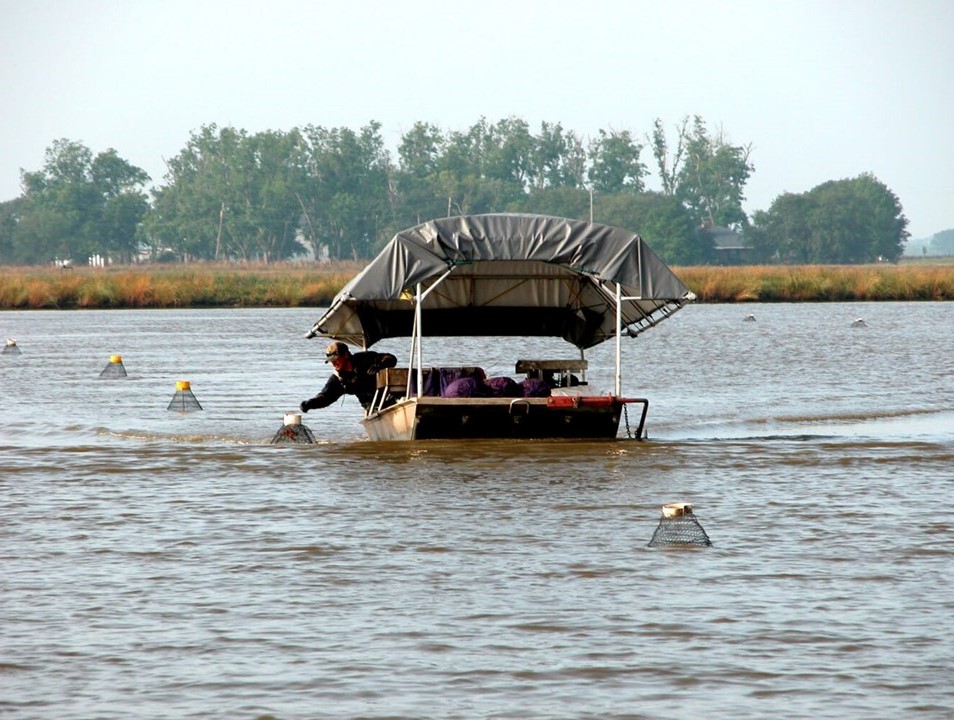Experience Nature Firsthand
Students can expect to participate in hands-on learning experiences that integrate resource policy, regulations, and human aspects of resource research and management, while providing field experiences in forests, wetlands, and water.





